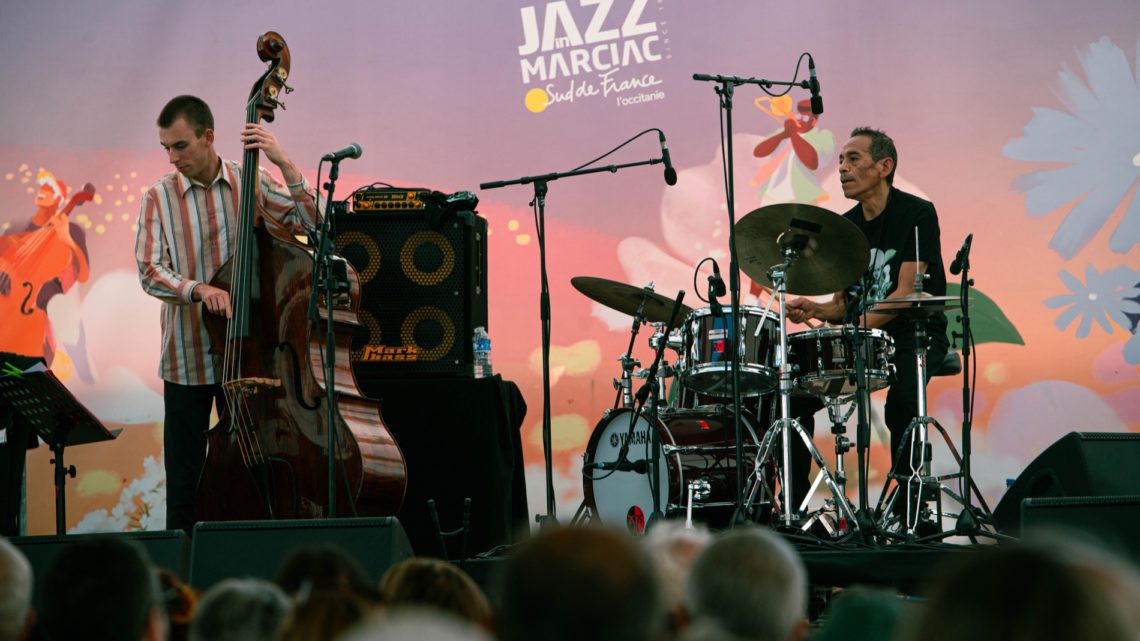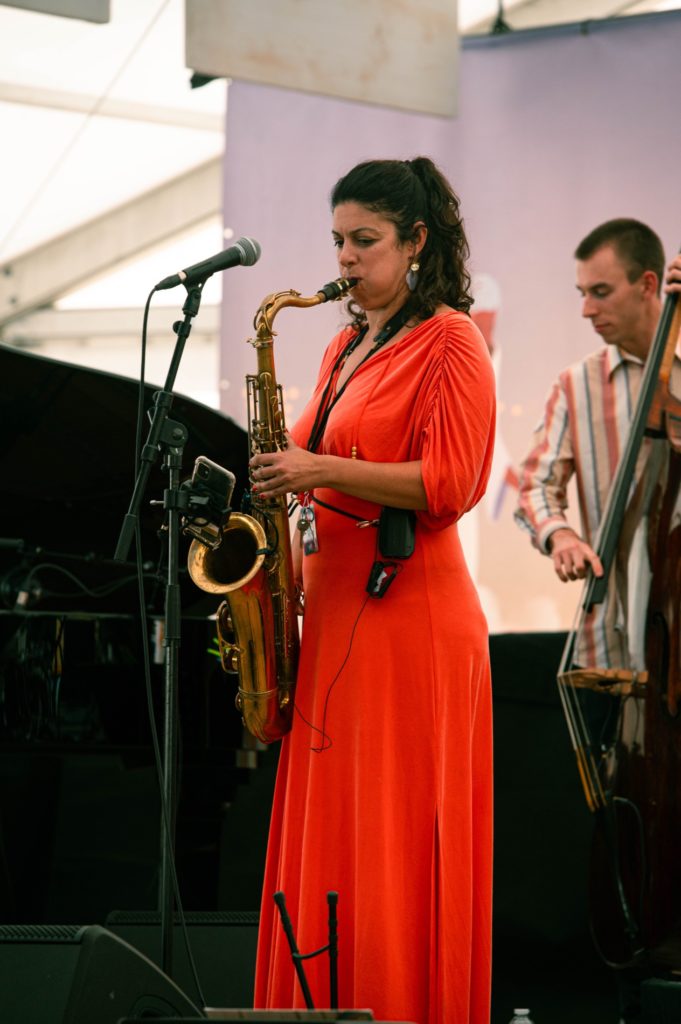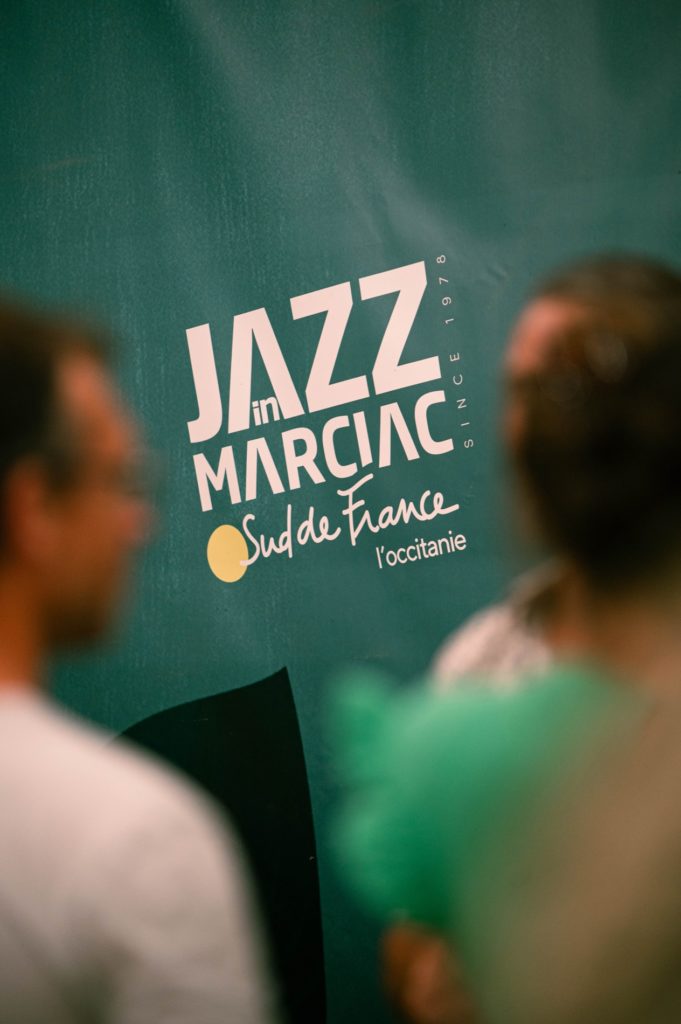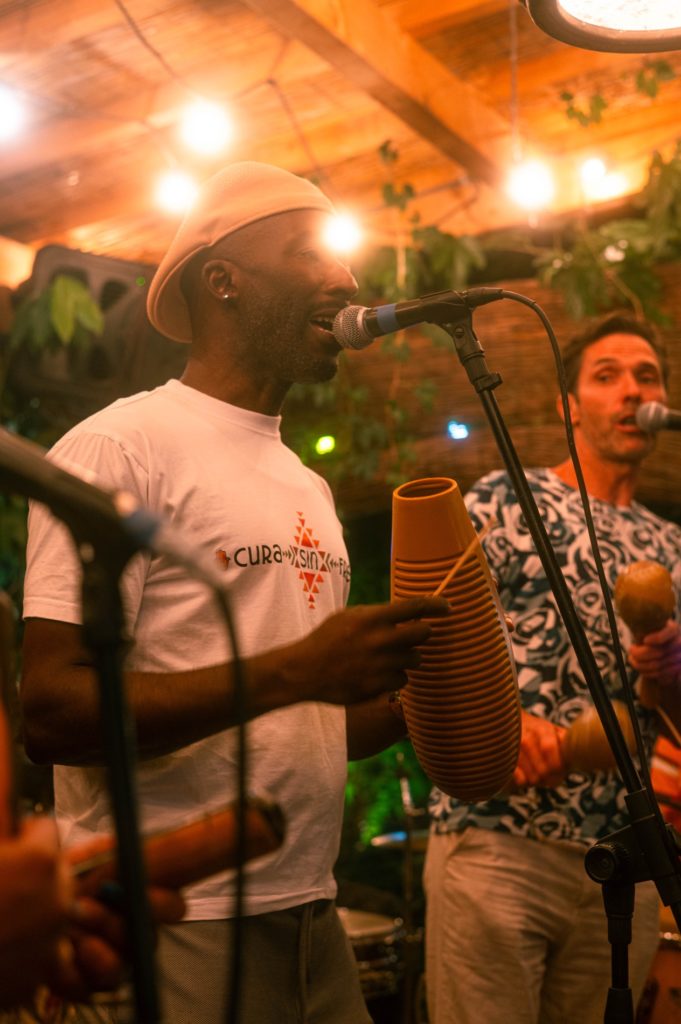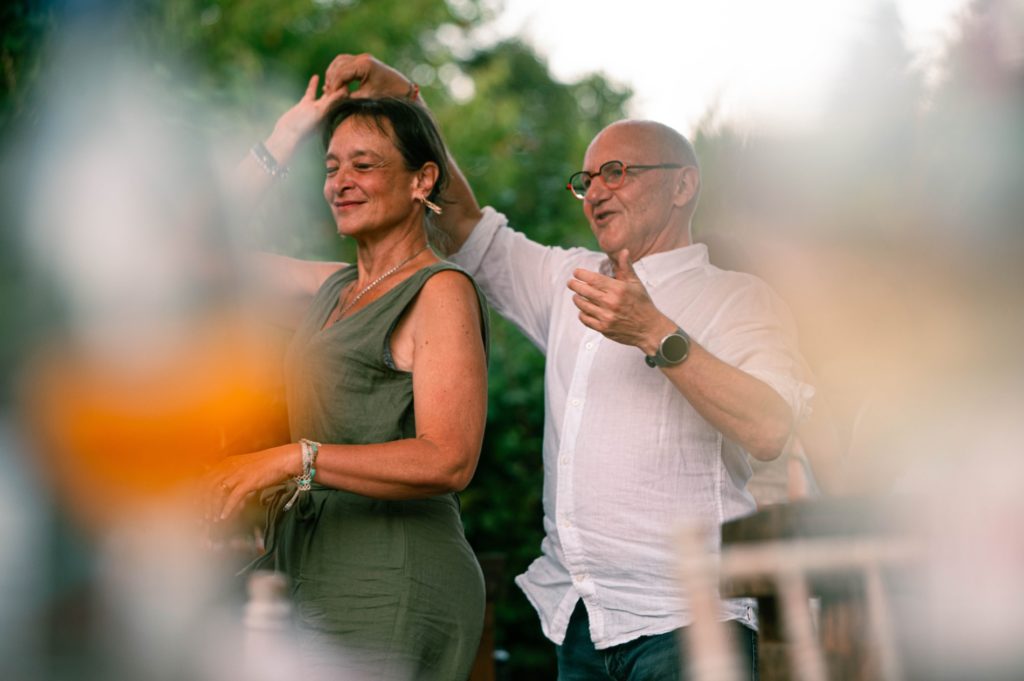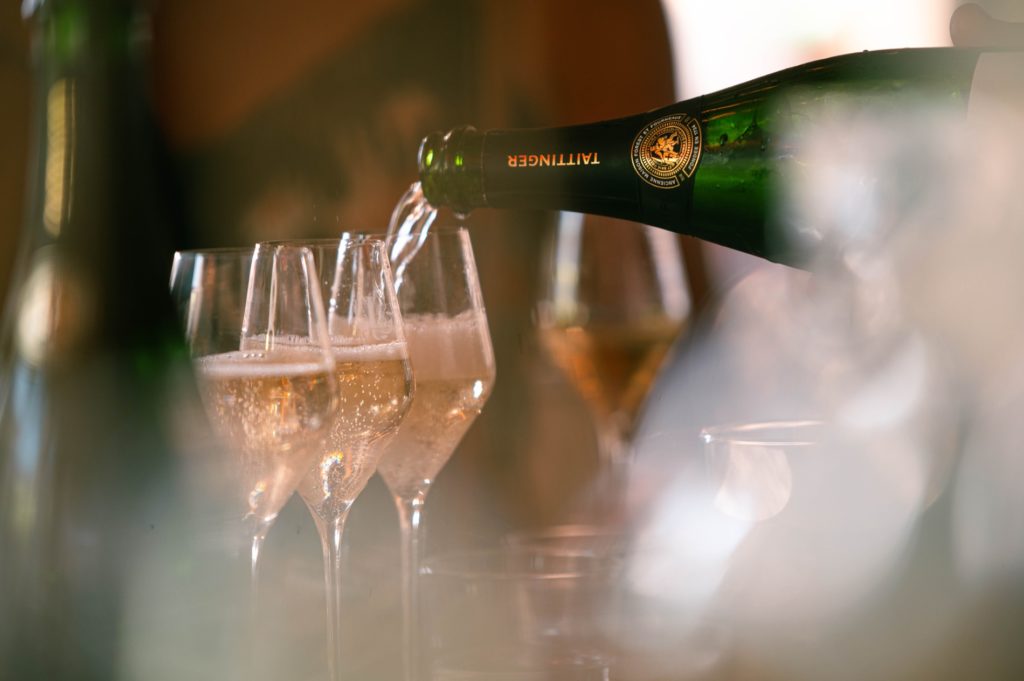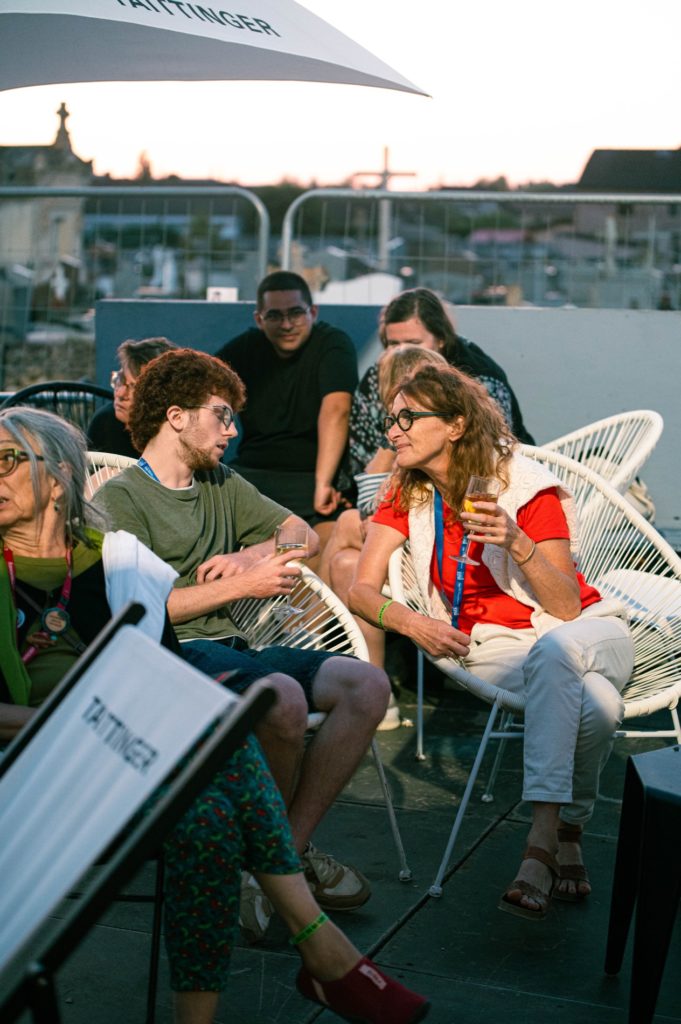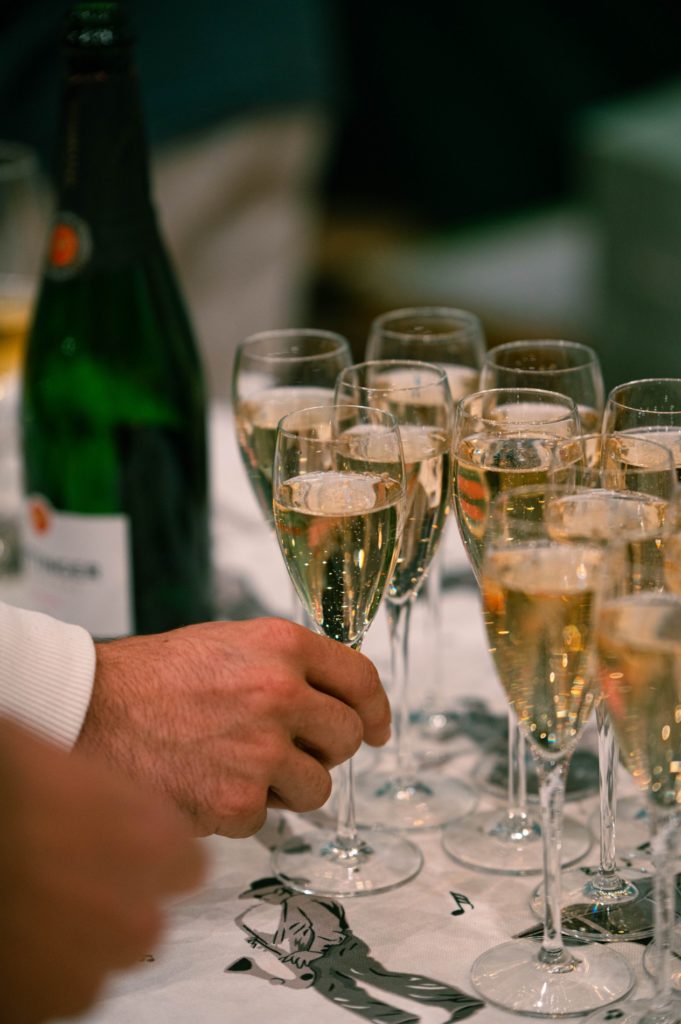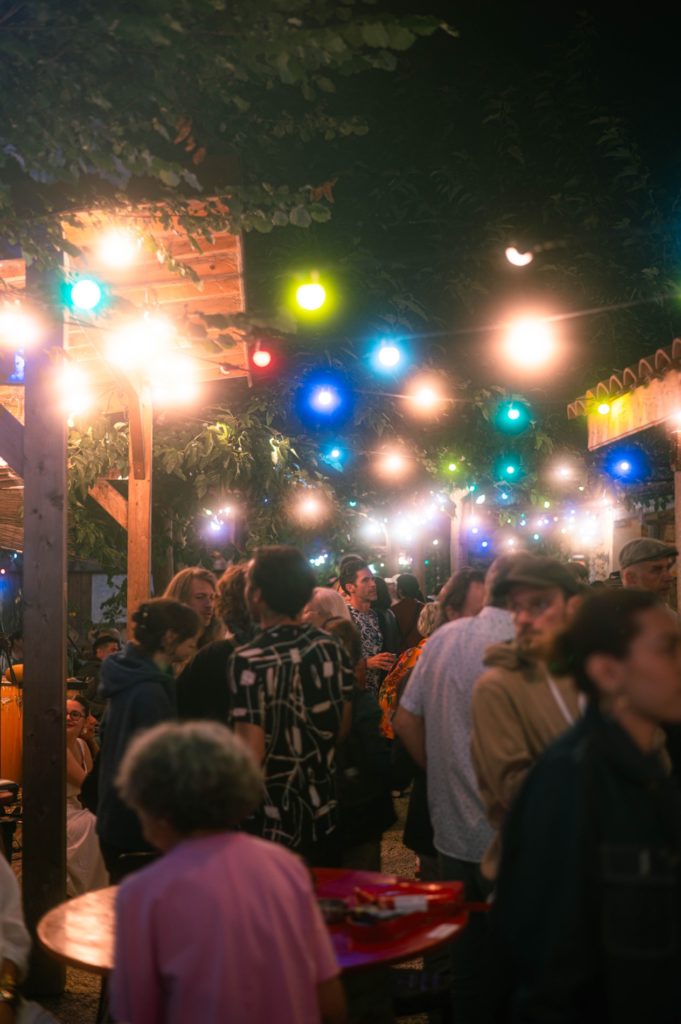Jazz may not have been born in Marciac, but it’s right at home there. With a population of just 1,200 inhabitants, for the past 47 years this ancient little town (or “bastide”) in Gers has been packed to the rafters for the duration of its festival, with visitors travelling from far and wide to enjoy the world’s greatest performers. However, the town’s affinity with jazz extends well beyond the festival itself…
One Sunday in August 1978, instead of hosting a traditional Landes bullfight, the Marciac arenas echoed with the sound of New Orleans jazz. Invited by Jean-Louis Guilhaumon, a young teacher with a passion for music, Claude Luter and his band had unknowingly lit the spark that would soon set the village alight and make it a French cultural phenomenon. “This kind of music wasn’t very well known in the countryside,” recalls Jean-Claude Lasserre, treasurer of the Jazz in Marciac association. “But the evening was a success, so we kept going.” To continue the event meant thinking a little bigger, and then a lot bigger – broadening the musical base, requisitioning the factory, then the rugby pitch; enlisting a few volunteers, then an army of volunteers. This went on until the festival was able to welcome more than 300,000 spectators* over 18 days in the middle of summer, as it does today.
Belief and luck
The band of enthusiasts behind the festival owe this success story to their strength of conviction, but also to luck: based near Marciac, two local jazz names, Guy Lafitte and Bill Coleman, took up the cause of the project and drummed up support from their friends. The headliners drew in the local audience, and the crowds attracted bigger crowds. Many affluent visitors were won over by the friendly atmosphere of the festival, as well as by the relaxed way of life and good food in the South-West, and were prepared to travel hundreds of kilometres to listen to world-class music. On the menu, they found: Lionel Hampton, Stan Getz, Count Basie, Ray Charles, Dizzy Gillespie, Michel Petrucciani, Nina Simone, Keith Jarrett…and in 2025 alone there was Herbie Hancock, Ben Harper, Oscar Peterson, Santana, and Dee Dee Bridgewater, among others. It would be impossible to list all the artists who have made the trip over the past 47 years, often several times; it would simply go on too long. All the jazz greats are there – or at least, almost all of them: “Oh no, that’s right, we missed two: Ella Fitzgerald and Miles Davis,” laments Jean-Claude Lasserre. “They passed on before the festival had made a name for itself worldwide.”
A festival that reshapes the village
The festival’s impact and the music tourism it has generated are considerable. Tourist accommodation was virtually non-existent in the area, before hotels and B&Bs began springing up within a 40km radius. “We don’t have an airport or a TGV station. Toulouse is 130 km away, and Bordeaux is 190. People had to find somewhere to stay here, but they also needed things to do outside the big evening concerts.” So the organisers created the “Festival Bis” in the village square, which is open to the public free of charge, to celebrate jazz all day long. Listed as one of France’s 12 most iconic festivals, Jazz in Marciac receives the least public funding (10% of its budget). Its ability to break even is based on a massive number of volunteers –– nearly 900 at the event’s peak –– ticket sales, ancillary income and sponsorship, which it is still striving to develop.
As one of the festival’s partners for the last six years, Maison Taittinger allows festival-goers to add champagne tasting to their musical experience.
Living to the rhythm of jazz
What’s most amazing about this community venture is that jazz has permeated the village’s every pore. There is a concert hall dedicated to jazz that’s open all year round, and a workshop making vinyl records has been set up. 30 years ago, the opening of a jazz department at the secondary school became a huge draw for students, and one that saved the school. Students from those first classes have gone on to make their mark in music, including saxophonist Émile Parisien, winner of several Victoires du jazz awards. As an extension to this, a campus of excellence (offering training in music and technical professions) is currently in the planning phase, giving the town another heady challenge to tackle. “Yes, you had to be slightly crazy to take the plunge,” agrees Jean-Claude Lasserre. But nowadays, no one can imagine Marciac without jazz. In rural areas like ours, you either do something or you die out.”

